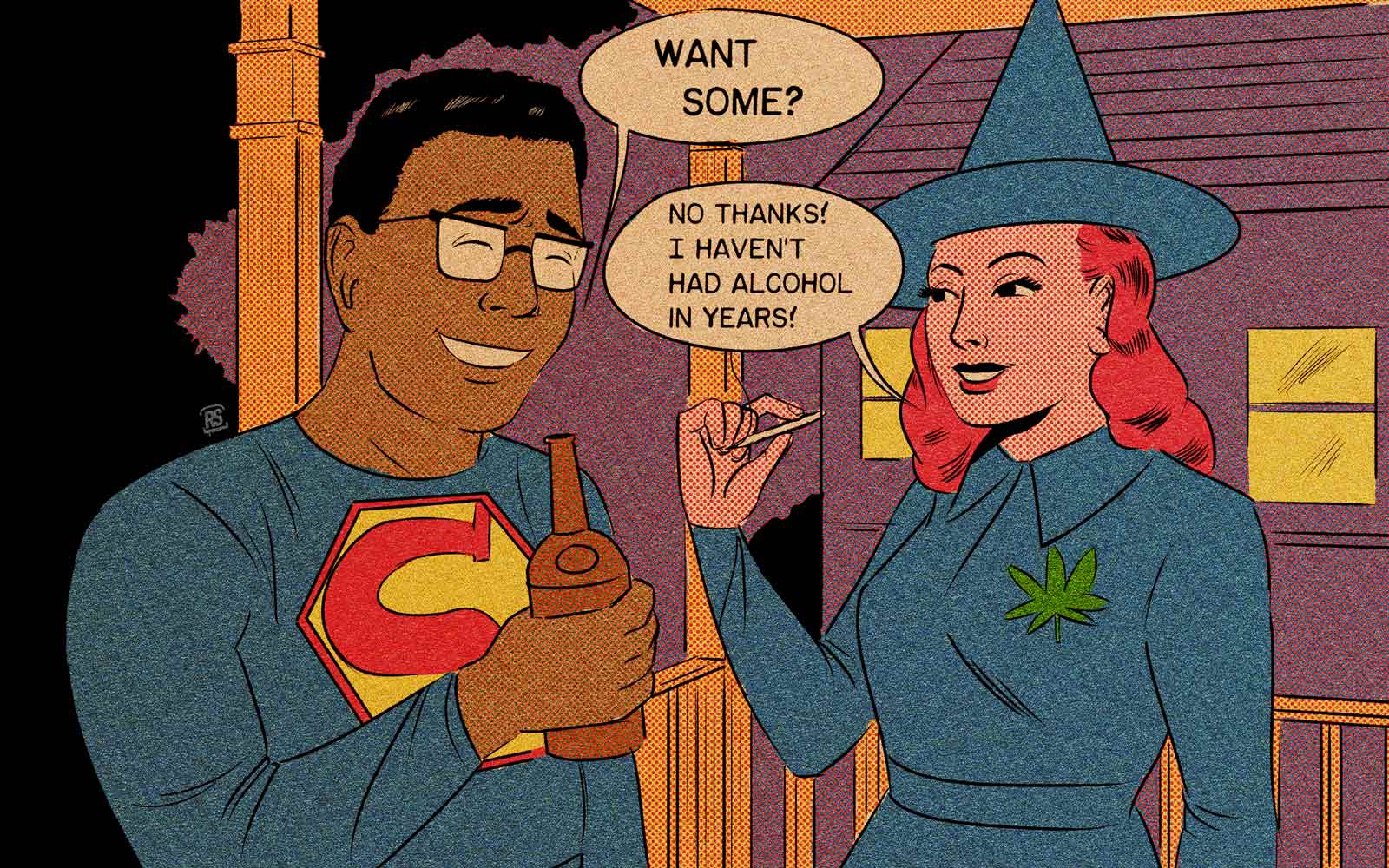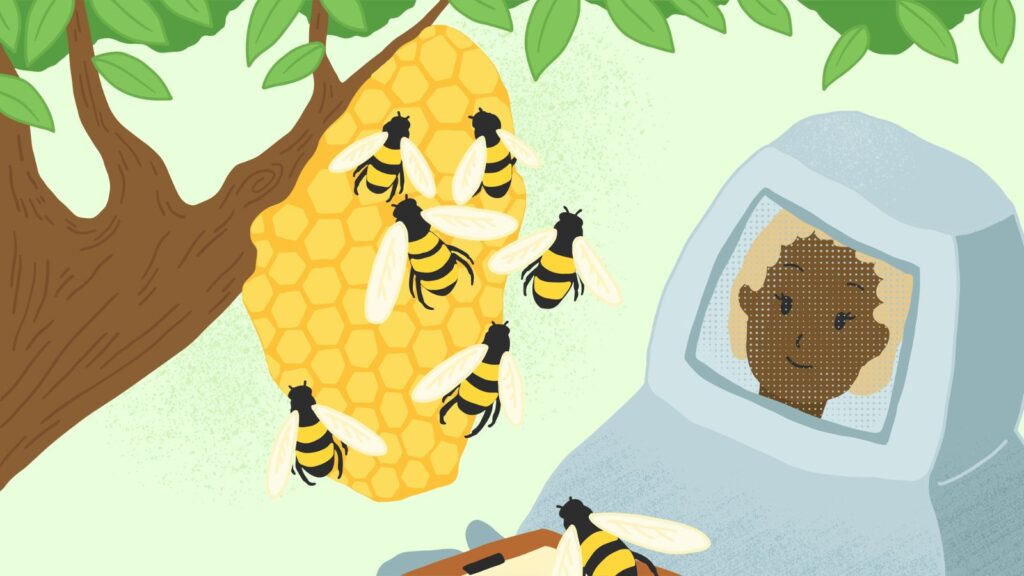From college dorm parties with crushed White Claw cans and beer bongs to brunch with bottomless mimosas, alcohol and young adults is a part of everyday life for many. This has been illustrated in pop culture time and time again, as well as in real-life experiences — if there’s a social event among 20 and 30-somethings, it’s common to see everyone with a drink in hand.
But a recent study has revealed that Millennials and Gen Zers are challenging that image: more young adults are either cutting down on their drinking or cutting it out altogether.
The Monitoring the Future report, sponsored by The National Institute On Drug Abuse found that among college students, 62% of the study population reported drinking alcohol in 2019, which fell to 56% in 2020. According to the same study, binge drinking among the population, “defined in the parameters of the study as having at least five drinks in a single occasion within two weeks prior to the survey,” also dropped from 32% in 2019 to 24% in 2020.
This could be partially due to the pandemic. Dr. John Schulenberg, a professor and researcher at the University of Michigan shared his theory with The Washington Post: “We clearly see that young people use alcohol as something to be taken at parties and gatherings. With the pandemic, those weren’t happening, so the alcohol intake and binge drinking dropped.”
But while these stats may seem like these generations are going dry, that doesn’t mean they’re going sober — they’re simply turning to marijuana and psychedelics.
Way back in 2015, only 38% of college students reported using cannabis, but in 2020, that percentage rose to 44%. And that’s not including social smokers, the number of daily (or almost-daily) cannabis users increased to 7.9%, which marks a 3.3% rise in percentage points over the course of five years. The Monitoring the Future Report also included that as of 2020, almost one out of 10 young adults between the ages of 19 and 30 uses cannabis on a daily or near-daily basis. This could be thanks to the availability of more vaping products, the decrease in the perception of harm, the decrease in stigma, the legalization or a mix of all four.
There was also a rise in the use of other psychedelics as well, rising from a preexisting 5% to 9% in 2020. “The findings here are pretty consistent with what I see clinically. I have certainly seen an increase in patients’ reports of LSD or other psychedelic substances,” Dr. Maria Rahmandar, medical director of the substance use program at Lurie Children’s Hospital of Chicago told ABC News.
“I think there has been some good public health work done here to decrease alcohol use and particularly binging, which can be dangerous for people participating, and particularly young adults,” Rahmandar explained. “I’m not celebrating just yet. I think we need more time to see how these things change after the pandemic and continue to watch and educate.”
Additional source: https://www.addictioncenter.com/news/2021/09/college-students-marijuana-more-alcohol-less/















